Grateful Dead Black Panther 1993 Shirt
$25.95
Orders placed after 9:00 PM PT (Pacific Time) on Dec 12 with Standard Shipping or after 9:00 PM PT on Dec 15 with Express Shipping are not guaranteed to arrive before Christmas.

Get 5% OFF
Get 10% OFF
Get 15% OFF
The Intersection of Counterculture: Grateful Dead and the Black Panther Party
This might be the most interesting Grateful Dead shirt I’ve ever researched. It compels me to write a complete, true story about it, in line with Evevintage’s slogan: “One tee, one story.” Trust me! If you’re a Deadhead, you won’t find it a waste of time to read it. – Content Writer
The 1960s and 1970s were a time of profound social and cultural upheaval in the United States, with various movements emerging that sought to challenge the status quo. Two of the most iconic yet seemingly disparate entities from this era were the Grateful Dead, a band that became synonymous with the countercultural movement, and the Black Panther Party, a revolutionary organization advocating for African American rights. While on the surface these groups might appear to have little in common, a closer look reveals intriguing intersections in their philosophies, goals, and actions.
The Grateful Dead: A Soundtrack for a Generation
The Grateful Dead, formed in 1965, became one of the defining musical acts of the counterculture movement. Known for their eclectic musical style that blended rock, folk, bluegrass, and psychedelia, the Dead cultivated a devoted following known as Deadheads. Their music and the culture that surrounded them embodied the ideals of peace, love, and communal living. The Grateful Dead were not just a band; they were a cultural phenomenon that provided a soundtrack for the social revolutions of the 1960s and beyond.
The Black Panther Party: Revolution and Empowerment
The Black Panther Party, founded in 1966 by Huey P. Newton and Bobby Seale in Oakland, California, emerged in response to the systemic oppression and police brutality faced by African Americans. The Panthers sought to empower the Black community through self-defense, social programs, and revolutionary politics. Their Ten-Point Program outlined demands for justice, freedom, and equality, and they established community initiatives such as free breakfast programs for children, health clinics, and education campaigns.
While the Panthers are often remembered for their militant image and confrontational tactics, their contributions to social justice and community empowerment had a lasting impact on American society. The Black Panther Party was not just about resistance; it was about building a new society that offered dignity and opportunity to all people, particularly the oppressed.
Common Ground: Challenging the Status Quo
At first glance, the Grateful Dead and the Black Panther Party might seem worlds apart. The Dead were associated with peace, love, and the psychedelic experience, while the Panthers were known for their militancy and revolutionary rhetoric. However, both groups shared a common goal: challenging the prevailing social order and advocating for a more just and equitable society.
The Grateful Dead’s involvement in the counterculture movement was rooted in a desire to break free from the constraints of mainstream society. Their music and lifestyle encouraged people to explore new ways of thinking, living, and interacting with the world. Similarly, the Black Panthers sought to dismantle the structures of racial and economic oppression that kept African Americans marginalized. Both groups recognized the need for radical change, whether through the liberation of the mind or the liberation of the people.
The Benefit Concert: A Meeting of Movements
One of the most direct intersections between the Grateful Dead and the Black Panther Party occurred in March 1971, when the Dead performed at a benefit concert for the Panthers at the Oakland Auditorium. This event is a prime example of how these two seemingly different movements could come together in support of a common cause. The concert raised funds and awareness for the Panthers, demonstrating the Dead’s willingness to align themselves with social justice causes, even those that might have seemed outside their immediate sphere.
This collaboration highlights the fluidity and interconnectedness of the social movements of the time. The counterculture was not a monolith, but rather a mosaic of different groups and ideas, all working toward the goal of a more just and compassionate world. Whether through music or political action, the Grateful Dead and the Black Panther Party both contributed to the larger tapestry of 1960s and 1970s activism.
Legacy and Impact
The Black Panther Party officially disbanded in 1982. However, the organization had been in decline for several years prior to that, largely due to internal conflicts, leadership struggles, and the intense pressure from law enforcement, particularly the FBI’s COINTELPRO program, which aimed to dismantle the party.
By the late 1970s, many of the Black Panther Party’s leaders were either imprisoned, exiled, or had left the organization. The party’s community programs continued for some time, but the political and organizational structure that had made the Panthers a powerful force in the 1960s and early 1970s had largely dissipated by the early 1980s.
Today, the legacies of the Grateful Dead and the Black Panther Party continue to influence American culture and politics. The Dead’s music and ethos have endured, with generations of fans continuing to find meaning in their songs and communal spirit. Meanwhile, the Black Panther Party’s impact on social justice movements can be seen in contemporary efforts to address racial inequality, police brutality, and community empowerment.
In reflecting on the intersection between these two iconic entities, it becomes clear that the 1960s and 1970s were a time of deep social change, driven by a diverse array of movements and voices. The Grateful Dead and the Black Panther Party, though different in many ways, both played crucial roles in challenging the status quo and pushing for a more equitable society. Their stories remind us that the fight for justice and freedom takes many forms, and that solidarity can be found in the most unexpected places.
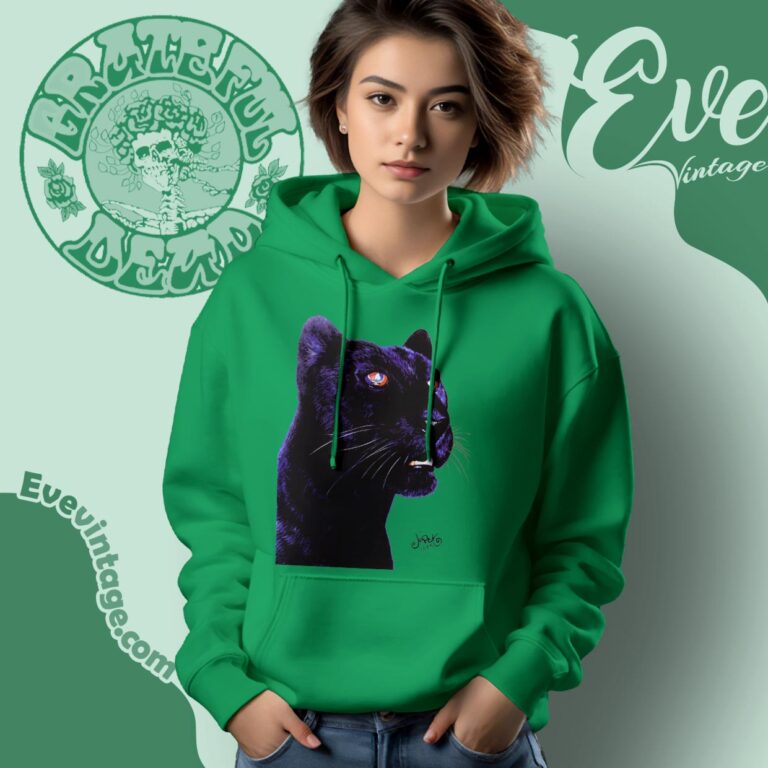
This shirt is available in different styles: Unisex T-shirt, Women T-shirt, Long Sleeve T-shirt, V-neck T-shirt, Unisex Pullover hoodie, Unisex Sweatshirt, Tank top. You can also buy them for all ages and genders, from Toddler, Kids, Youth, and Adults.
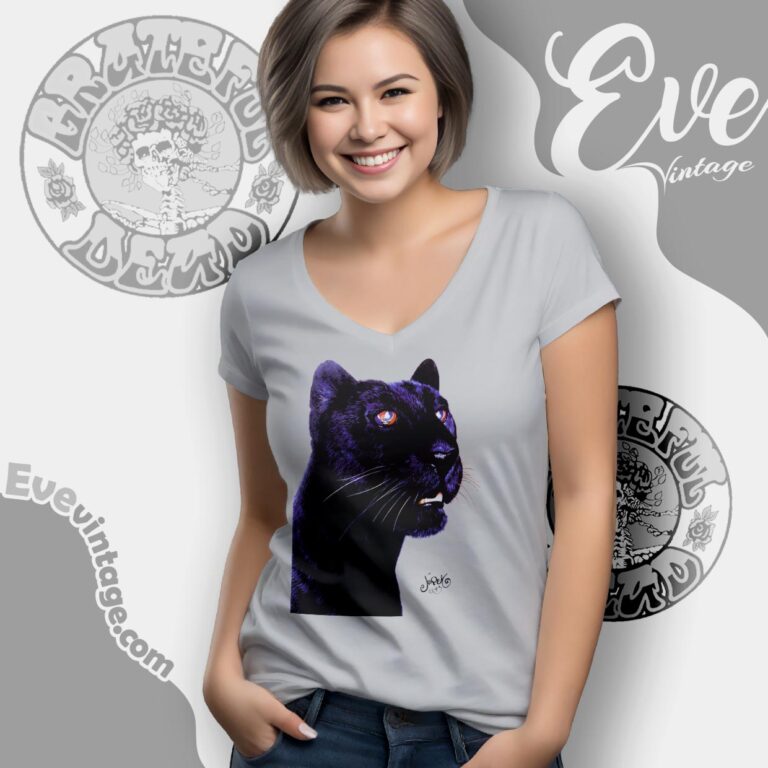
Product information
| Fiber composition |
- Solid colors are 100% cotton - Athletic Heather is 90% cotton, 10% polyester - Ash is 99% cotton, 1% polyester - Hoodie and Sweatshirt: 50% Cotton, 50% Polyester |
| Printing technology | DIGISOFT™ and DTG |
| Style | T-shirts, Hoodies, Tank Tops, Sweatshirts, V-necks, Youth Tees, Kid Tees, Long Sleeve Tees, and more. |
| Gender | Men, Women, Unisex, Youth, Kid |
| Color | Printed With Different Colors |
| Size | Various Size (From S to 5XL) |
| Product Brand | Bella+Canvas; Gildan; Next Level |
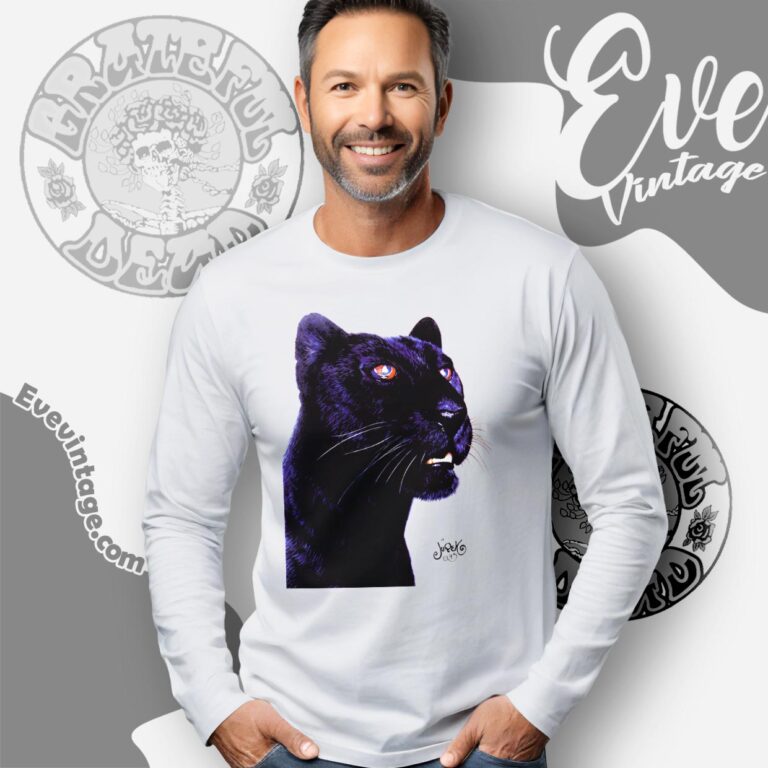
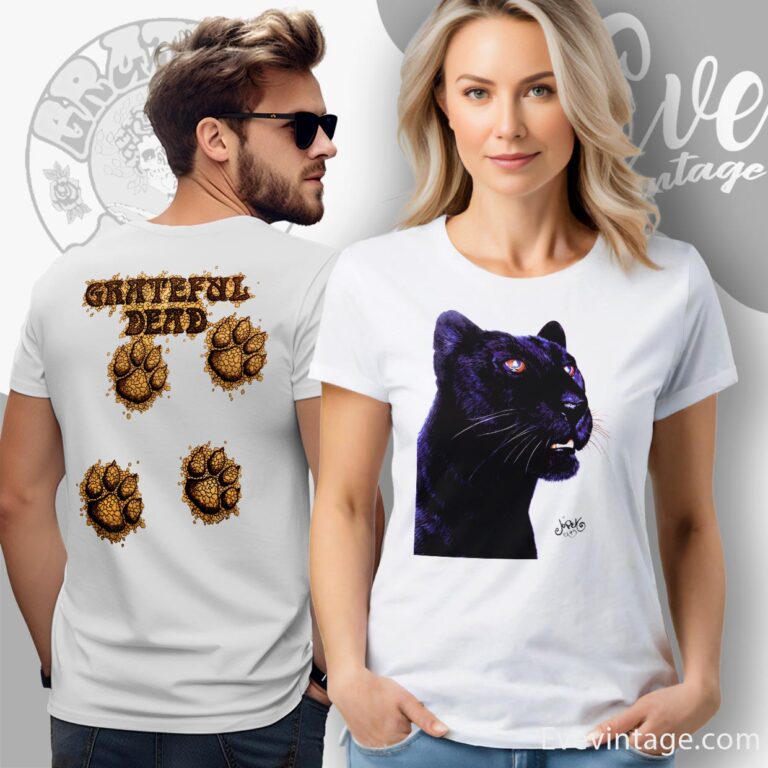
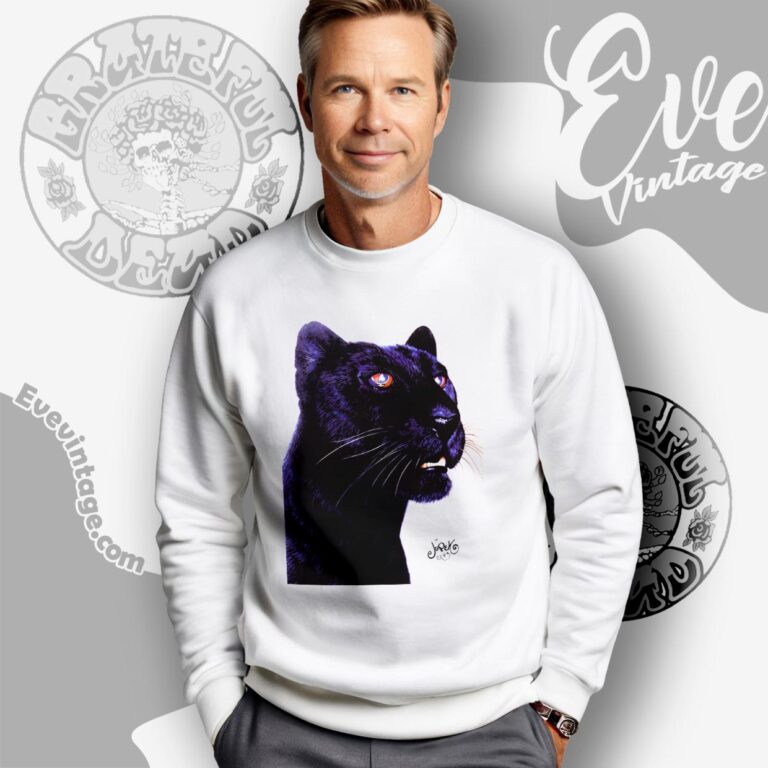
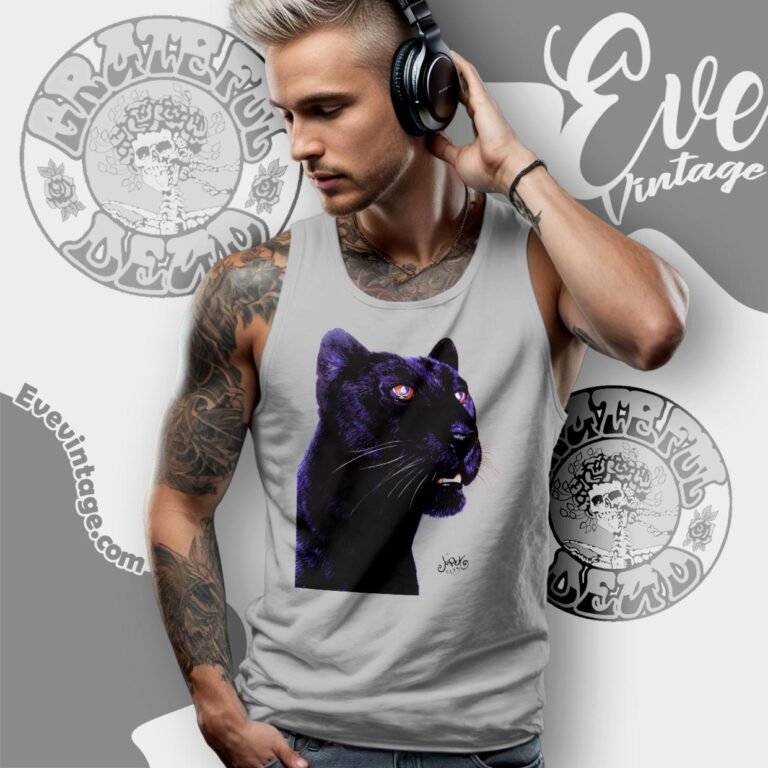
Related products
Phoenix Suns
North Carolina Tar Heels
South Carolina Gamecocks
Grateful Dead South Carolina Gamecocks Steal Your Face Stealie Shirt
Utah Utes














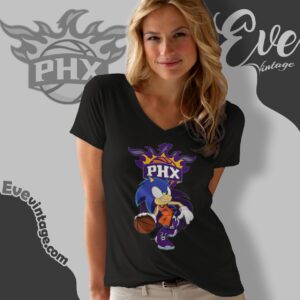



Reviews
There are no reviews yet.